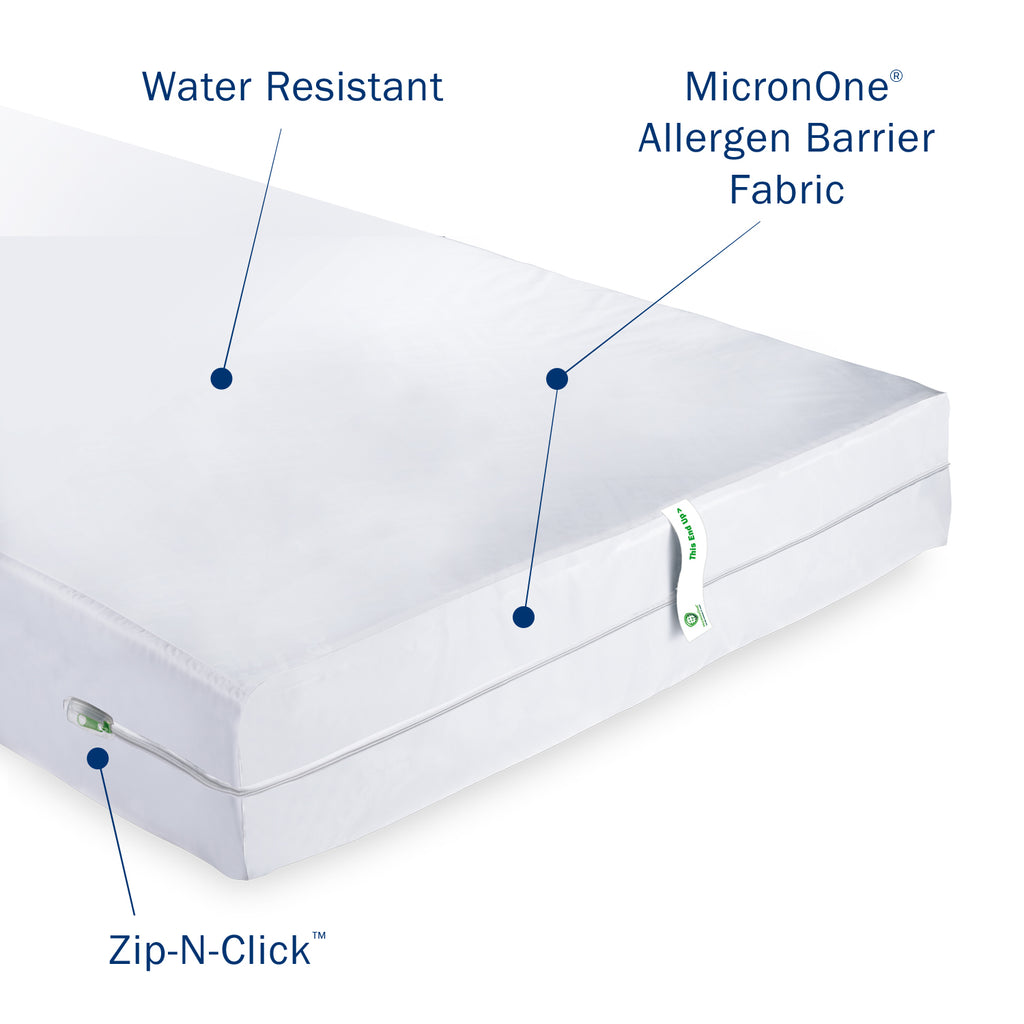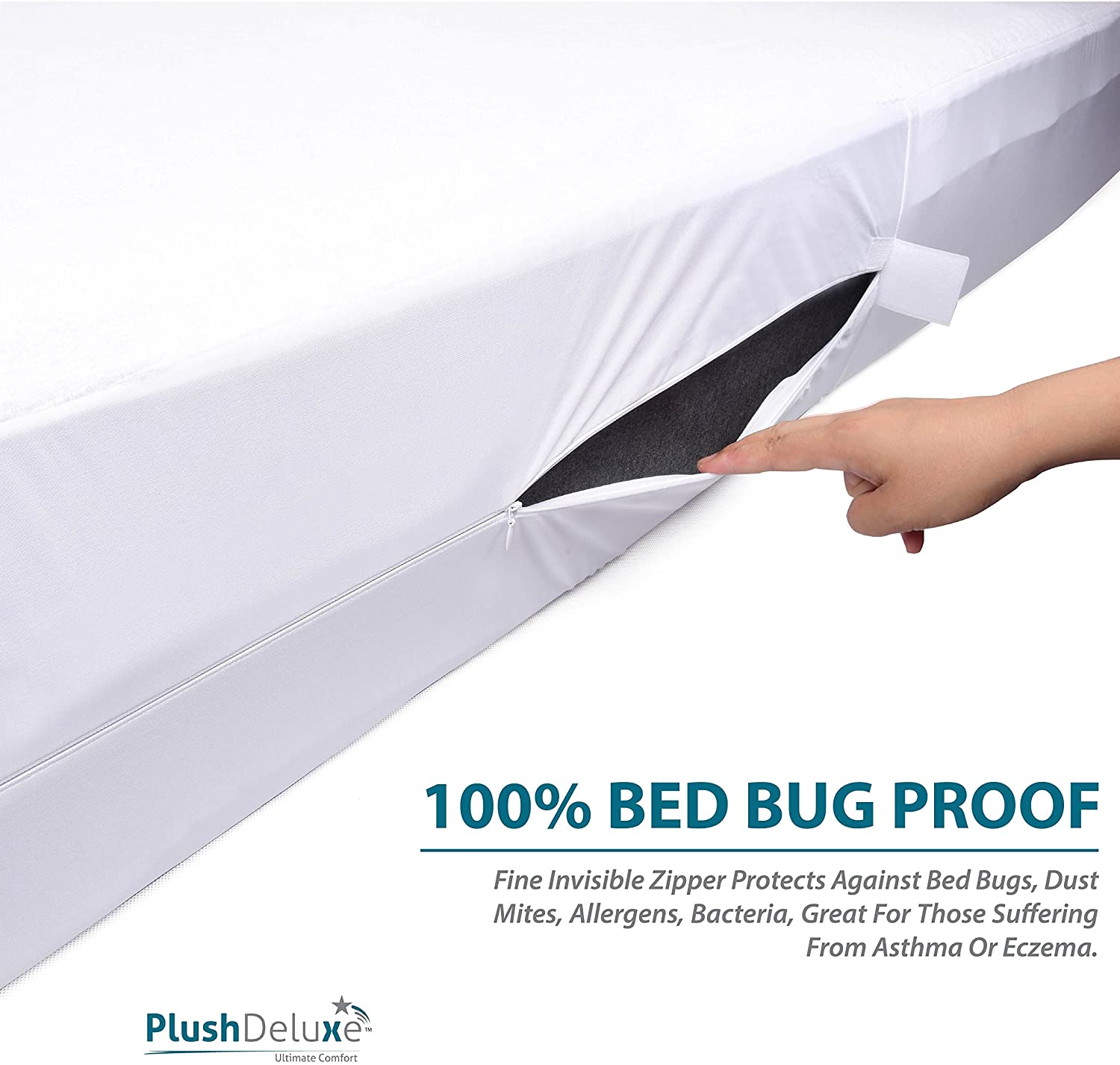Bed Bugs: Common Myths and the Facts Behind Them
Bed Bugs: Common Myths and the Facts Behind Them
Blog Article
Efficient Strategies for Bed Insect Avoidance and Control in your house
The resurgence of bed bugs in household settings demands a detailed strategy to avoidance and control. Understanding their habits is essential, as very early recognition and proactive procedures can significantly alleviate the danger of problems. Key approaches include keeping tidiness, lowering clutter, and utilizing protective coverings. The performance of these techniques frequently hinges on regular implementation and vigilance. As we check out the nuances of efficient strategies, one must consider the interaction in between house routines and specialist treatments to ensure a sustained protection against these durable bugs.
Comprehending Bed Bug Habits
In the realm of parasite control, recognizing bed pest actions is crucial for reliable prevention and management. Bed bugs (Cimex lectularius) are nighttime parasites that largely feed on human blood, making them particularly troublesome in residential setups. Their actions is defined by their hiding routines, which usually include pulling away to crevices and splits throughout the day. Typical hiding spots consist of bed mattress, bed structures, and behind walls, making detailed inspections essential for discovery.
Bed insects are attracted to heat and co2, which humans naturally emit. This destination influences their feeding patterns, as they favor to feed while their host is asleep. A bed bug can take in blood within mins, and due to their reproductive abilities, a tiny infestation can intensify swiftly otherwise dealt with immediately.
Additionally, bed insects show an impressive ability to make it through without feeding for expanded durations-- up to several months-- making elimination initiatives testing. Understanding these behavioral characteristics is important for both home owners and pest management experts to create efficient approaches for discovery and control. By identifying the signs of bed bug activity and their preferred environments, proactive steps can substantially improve initiatives to handle and stop invasions.
Precautionary Steps for Families
Carrying out efficient precautionary procedures is necessary for houses to shield versus bed insect invasions. One of the primary strategies is to conduct normal examinations of resting areas, including cushions, bed structures, and furnishings. Guarantee that the holes and seams are thoroughly checked, as these are usual concealing areas for bed bugs.
An additional essential measure is to minimize mess in living areas, as extreme items can supply added hiding places for these parasites - bed bugs. When traveling, evaluate resort spaces meticulously, especially around the bed and luggage locations. It is advisable to store baggage on travel luggage racks instead of on the flooring
In addition, utilizing safety mattress and box spring encasements can aid stop bed pests from infesting these products. Cleaning bedding and bed linens in warm water regularly, followed by drying above heat, can eliminate any kind of possible bed bugs and their eggs.
Identifying Bed Pest Infestations
Early discovery of bed insect infestations is vital for reliable control and prevention. Recognizing the indications of bed pests early can save house owners substantial time, money, and stress and anxiety. Usual signs of an invasion consist of small, reddish-brown insects regarding the size of an apple seed, frequently hiding in seams, holes, or folds up of furniture, bed linens, and carpets.
Furthermore, bed insects leave unique signs such as dark spots of excrement, dropped skins, and little blood discolorations on cushions and sheets (bed bugs). Frequently checking these locations, especially after travel or getting made use of furnishings, can assist determine prospective issues early on
Another crucial indication is the presence of a musty smell, which is often associated to the scents launched by bed pests. Home owners must likewise keep in mind any kind of inexplicable attacks on the body, especially in collections or lines, as these can indicate an energetic problem.
If bed insects are thought, it is vital to act rapidly to confirm their presence. Using a flashlight to examine dark corners and employing the aid of trained experts can guarantee accurate recognition and punctual action, thereby stopping the spread of these pests within the home.
Effective Therapy Options
When faced with a bed bug infestation, choosing the right therapy options is vital for efficient obliteration. One of the most typical methods include chemical treatments, warm therapies, and physical removal strategies.

Warm therapies use heats to remove bed pests in all life stages, including eggs. This method commonly needs expert tools that can raise temperatures to a deadly degree for these insects, typically around 120 ° F(49 ° C) or higher.
Physical elimination techniques can consist of vacuuming and vapor cleaning. Vacuuming can successfully remove bed insects from surfaces, but it is vital to take care of the vacuum bag immediately to protect against re-infestation. Heavy steam cleansing can kill bed insects on contact, making it a useful device for treating ravaged furniture and bed linen.
Regardless of the technique used, it is frequently valuable to incorporate numerous treatment options for the ideal outcomes. Consulting with a pest control expert can supply customized remedies based on the seriousness of the invasion and the specifics of your home atmosphere.
Long-Term Control Approaches
Sustaining a bed bug-free environment requires a proactive technique that prolongs past first therapy initiatives. Lasting control strategies involve a combination of preventive steps, ongoing tracking, and neighborhood understanding.
First of all, routine evaluations of sleeping areas and common hiding spots, such as seams of cushions and furniture, can aid recognize possible invasions early. Use protective encasements on mattresses and box springs; these obstacles not just catch existing bed insects but also prevent recommended you read brand-new problems.
Second of all, preserving tidiness is important. bed bugs. Regular vacuuming and laundering of bedding, drapes, and apparel at high temperature levels can get rid of eggs and nymphs. In addition, lowering clutter in living spaces minimizes potential harborage areas for bed bugs
Furthermore, take into consideration engaging professional pest control solutions for routine inspections and therapies. These professionals can offer valuable insights and advanced services customized to your home's certain needs.
Last but not least, promoting awareness within your area regarding bed pest avoidance tactics-- such as education and go now learning on recognizing indicators of invasion-- can develop a collective protection against these parasites. By executing these strategies constantly, property owners can dramatically decrease the chance of a renewal, ensuring a long-lasting bed bug-free setting.

Final Thought
In conclusion, applying effective techniques for bed insect avoidance and control is crucial for maintaining a pest-free atmosphere. These aggressive actions collectively foster a sustainable method to bed insect administration in property setups.
A bed pest can eat blood within mins, and due to their reproductive capacities, a tiny problem can rise swiftly if not resolved promptly.
By recognizing the signs of bed pest task and their favored settings, aggressive actions can dramatically boost initiatives browse around here to handle and stop invasions.
Carrying out efficient preventive measures is important for households to protect versus bed insect invasions.Early discovery of bed pest invasions is important for effective control and avoidance.In verdict, carrying out efficient strategies for bed pest prevention and control is essential for maintaining a pest-free setting.
Report this page